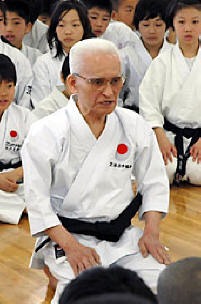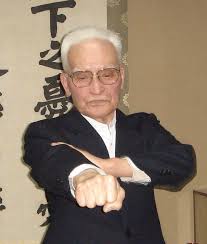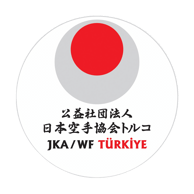SUGIURA MOTOKUNI
Master Sugiura Motokuni was born on October 4, 1924, in Aichi Prefecture. His karate career began at a young age as a Shotokan karate student. During university, he became a student of Grand Master Funakoshi Gichin and, in particular, Funakoshi’s second son, Yoshitaka. At the age of 20, he attained the rank of 1st Dan.
After graduating in 1944, Master Sugiura spent a year with the Tsuchiura Naval Aviation Corps, but soon returned to his beloved martial art. While working at a college in Tokyo, he continued his karate training under the guidance of Master Nakayama Masatoshi. During these years, he achieved the rank of 3rd Dan.
In 1955, Master Sugiura left his job at the college and began working full-time in the JKA’s Guidance Division. He was also appointed as a JKA director, responsible for overseeing the instructors at the central dojo. This marked the beginning of his lifelong contribution to the art of karate. Not only did he teach at the JKA headquarters dojo, but he also established tournament rules, officiated matches, and coached at five universities around Tokyo.
In 1958, a year after the Japanese government granted official recognition to the JKA, Master Sugiura obtained a university-level Physical Education teaching license. For the next five years, he worked as a part-time Physical Education instructor and karate trainer at Asia University, reaching the rank of 6th Dan.
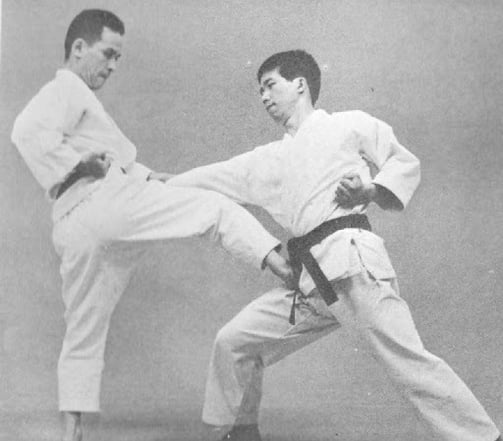

Over the next decade, Master Sugiura began producing materials to promote the way of karate worldwide. In 1961, he helped compile the textbook Fundamentals of Karate-do, which identified common and fundamental errors in karate techniques. In 1963, he produced a six-volume, 8mm English-language film titled Karate Seminar. That same summer, he resigned from his position as JKA Director and became a full-time Physical Education teacher.
Master Sugiura’s scope of activities continued to expand. He served as the president of the Koganei City Karate-do Federation and the Physical Education Association. He joined the Japanese Martial Arts Association and, in collaboration with Kodansha International Ltd., began producing a five-volume kata video series in both Japanese and English.
Before long, Master Sugiura’s efforts began attracting interest beyond Japan. He was invited to China and Taiwan for the Japan Friendship Karate-do Cup. Then, in August 1975, he traveled to Los Angeles and Hawaii to attend the International Amateur Karate Federation (IAKF) general meeting and observe the 7th IAKF Championship, which was supported by the JKA. Shortly after, Monthly Karate-do magazine began publishing his columns.
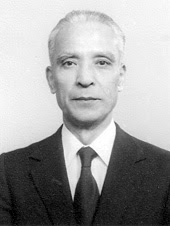

The year 1976 was a significant one for international karate. In August 1976, Master Sugiura, now holding the rank of 8th Dan, a member of the Karate Technical Committee, and a full-time professor at Asia University, made a historic visit to Indonesia with the university’s Alumni Association. He was then sent to the United States to observe how karate training was being implemented at various American universities.
The following year, Master Sugiura completed his thesis titled The Karate-do System, which explored the true essence of karate. He dedicated the next few years to preparing Training Materials for Karate-do as Physical Education. In 1989, he developed additional karate guidelines for these materials.
In March 1990, Master Sugiura retired from his position at Asia University and was appointed Chief Instructor of the JKA the following year. In 1992, he reached the rank of 9th Dan.
One of Master Sugiura’s greatest gifts to the JKA was his consistent focus on the fundamental elements: kihon (basic techniques), kumite (sparring), and kata (forms). As he emphasized, kihon teaches us how to move and ensures the perfection of our techniques; kumite teaches concentration and how to apply our techniques for maximum power; kata teaches both and opens the path to the body-mind unity, which is the spirit of karate.
